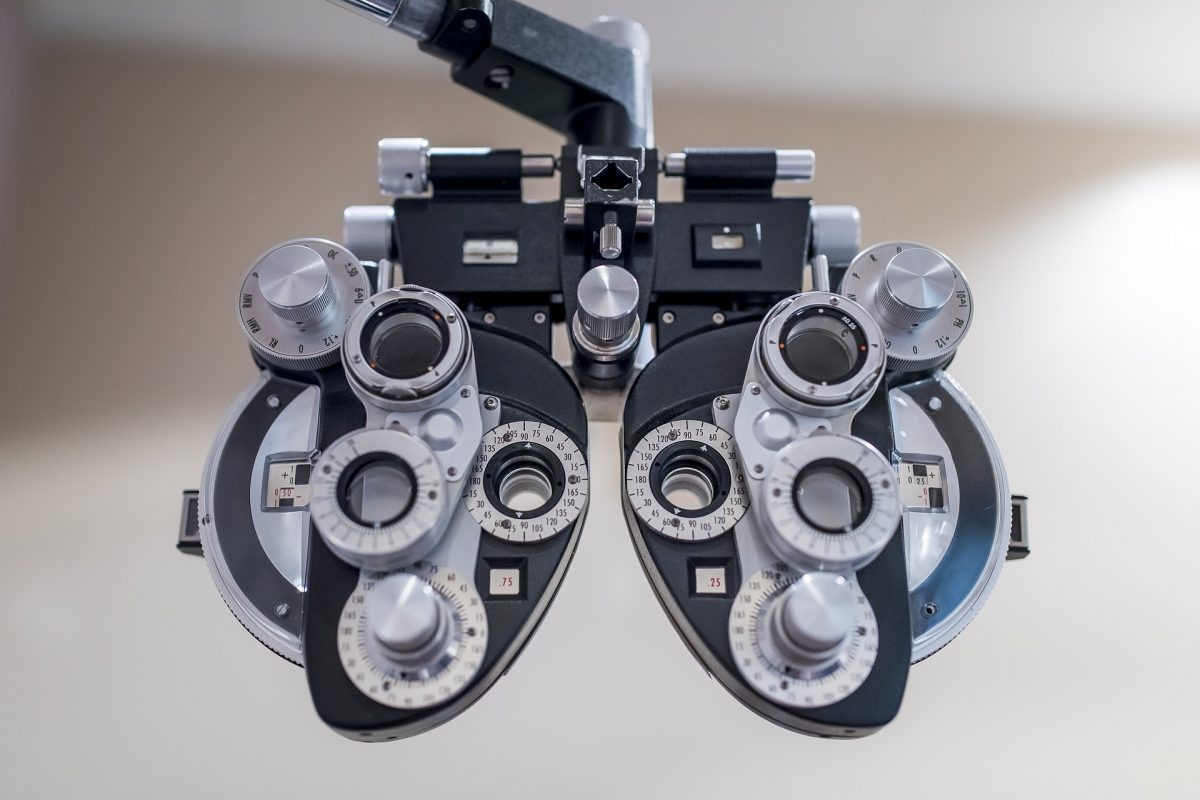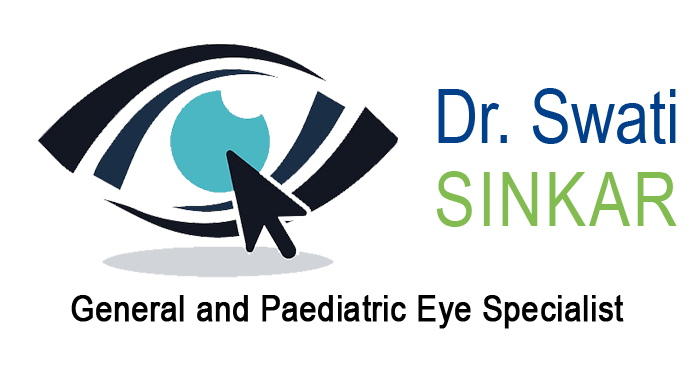Eyelid Malposition – Causes, Surgery & Treatment

There’s no doubt that our eyes are one of the most defining features of our physical appearance. Due to this, for over a decade now, eyes have been the main focus of multiple plastic surgery advancement techniques, especially for various medical conditions and diseases. One such condition that has multiple treatment options is eyelid malposition.
In this condition, the patient’s eyelids appear droopy, tired, and aged. Depending on the severity of the symptoms, the patient may suffer from complications that go beyond cosmetics, which could need immediate medical intervention.
What Is Eyelid Malposition?
An eyelid malposition, as the name suggests, occurs when the eyelids shift to an abnormal position due to the various causes. While the disorder is quite common, it doesn’t always require medical intervention unless it leads to visual or ocular problems. Even if the symptoms aren’t too severe, you can still consider cosmetic treatment options.
Some of the most common types of eye malposition are:
Retraction
When the eyelid is pulled away from the eyeball, either too high up in the case of the upper eyelid or too far down in the case of the lower eyelid malposition, it is called eyelid retraction. Thyroid eye disorder, trauma, or prior eyelid surgery are all common causes of eyelid retraction.
Ptosis
Ptosis of eyelid also known as droopy eyelid, is a condition marked by the drooping of the upper eyelid that may be congenital (present at birth) or acquired later in life. The levator muscle is in charge of raising the eyelid. As you get older, that muscle can stretch and cause your eyelids to fall. Patients also complain of drooping, fatigue, blurred vision, and increased tears.
Dermatochalasis
Dermatochalasis is a condition in which the skin overlying the upper eyelid becomes very loose and droopy. It can also block the upper field of vision and result in partial obstruction of vision. Patients most commonly complain about difficulty in opening their eyes and heaviness of their upper eyelids. It most commonly affects both sides but can be asymmetrical.

Entropion
Entropion eye is a condition that happens when the upper eyelid inverts or turns inward. Trichiasis may develop as a result of this. This is where the eyelashes begin to point in the direction of the eyeball. Entropion eye causes the eyelashes to rub into the front of the eye (cornea), causing redness, discomfort, watering, and poor vision. If left untreated, entropion can cause corneal and conjunctival trauma, resulting in corneal abrasions, scarring, and corneal thinning.
Ectropion
Ectropion eye is the external turning or sagging of an eyelid. It most often impacts the lower eyelid. Ectropion of lower eyelid causes excessive watering and impaired drainage of tears resulting in corneal and conjunctival trauma due to recurrent wiping of excess tears. If left untreated, ectropion can cause constant irritation in the eye and secondary scarring of the adjacent skin due to constant rubbing.
What Causes of Malposition of Eyelid?
Malposition of the eyelids may occur at birth, later in life, or as a result of trauma or an accident. The most common causes of eyelid malposition are involutional ectropion or entropion of the lower eyelid and ptosis of the upper eyelid. This results in eye disorders such as eye dryness, recurrent conjunctivitis, impairment of vision and an unattractive appearance.
That being said, eyelid malposition can also be caused by other diseases, like Grave’s Disease and Hyperthyroidism. These conditions cause multiple changes in the tissues in the eye socket, which usually lead to eyelid retraction.
Does Eyelid Malpositions Occur In Children?
Ptosis can be seen in some children right from birth. Children with ptosis often lift their chins or raise their brows to improve their vision, and they may also have other eye-related issues. Ptosis puts them at risk for other eye disorders including amblyopia (lazy eye or lazy eyelid) and astigmatism.
Eyelid Surgery & Other Treatment Options
Eyelid surgery is often the preferred treatment option used to correct eyelid malposition. The aim is to reposition or reconstruct the eyelid anatomically and functionally. Your eye specialist may recommend upper or lower eyelid surgery, depending on your condition.
For a better understanding of the treatment options available to correct eyelid malposition, we’ve given a brief about them below:

Lateral Tarsal Strip Canthoplasty
This is one of the most common types of treatment for eyelid malpositions, especially for entropion and ectropion. The procedure primarily focuses on tightening the lower eyelid as needed so improve the function and position of the eyelid.
Dermatochalasis
Dermatochalasis can be surgically corrected with this technique. The excess skin is removed to improve the field of vision. The surgery causes a faint scar on the upper lid which is surgically aligned with the lid crease for better cosmesis in addition to functional improvement.
The Takeaway
Eyelids that function properly can be useful for both medical and aesthetic purposes. Resolving eyelid malposition is good for a person’s self-esteem and self-respect, regardless of the cause, and resolving the problem through adequate medical care may be well worth the effort.
If you’re looking for an efficient way to correct eyelid malposition in Adelaide, we recommend booking an appointment with certified paediatric eye specialist and ophthalmologist – Dr Swati Sinkar. We will not only help make the correct diagnosis but will also strive to achieve the best results possible.



